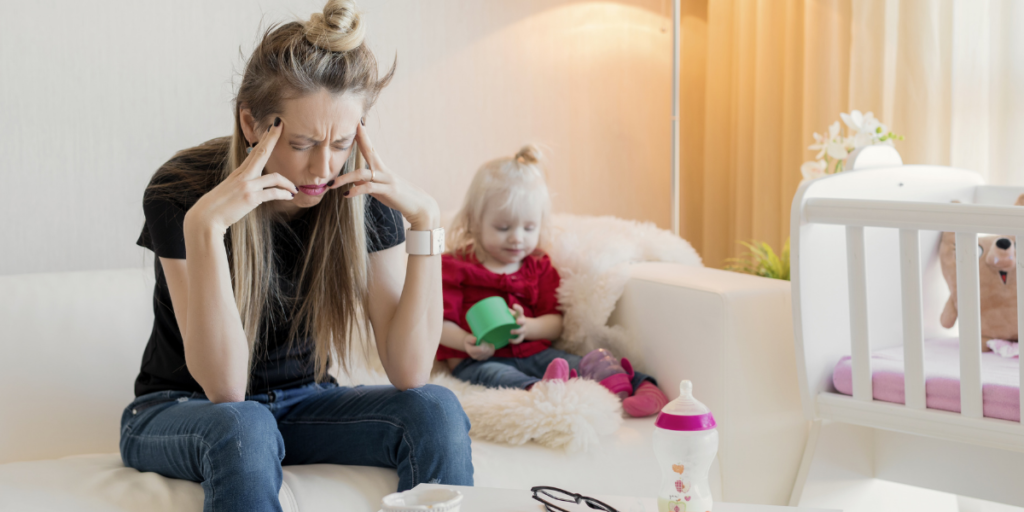
Autism Diagnosis: What’s Next?
Here you will learn the 5 most important things you need to do after your child receives an Autism Diagnosis. At age 2, my daughter was diagnosed with Autism, I felt lost. Literally, I knew nothing about Autism. However, working in the medical field lead me to search for an Autism manual. Because I knew of many disorders and diseases that came with step-by-step instruction to care for, prevent and treat the client. Or somewhat of a manual that offered the knowledge needed to care for someone with an illness or disability. However, after searching for that manual, I didn’t feel there was a manual for Autism.
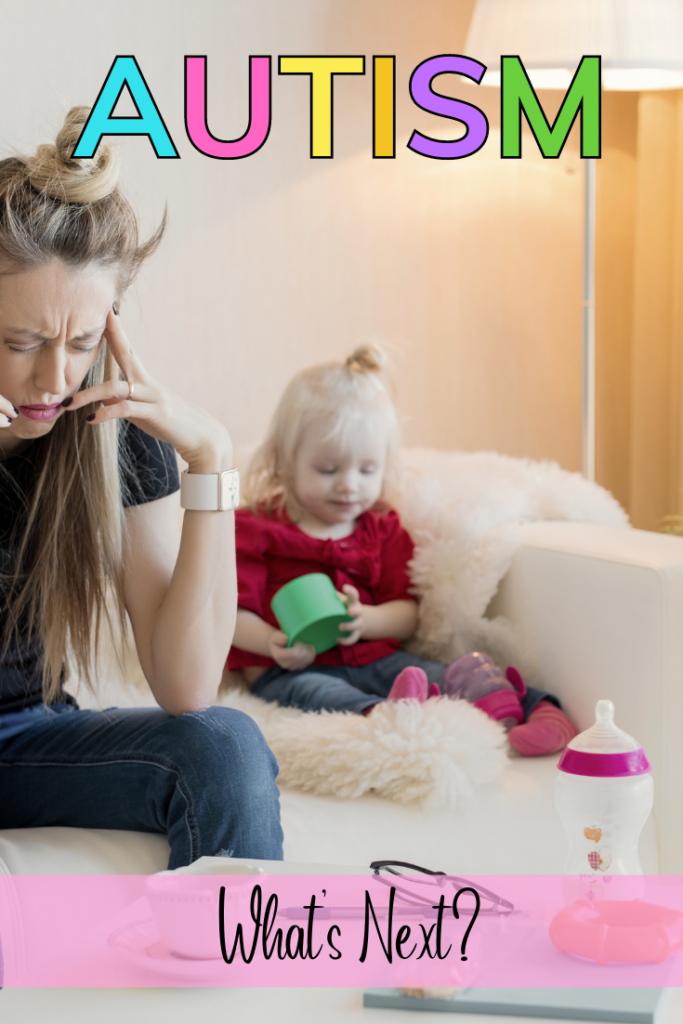
At times, I didn’t understand why my child would do certain things. I would research everything she did to find answers. Most of the time, I found myself on google for hours with no answers. This is why I created The 5 Step Autism Beginner’s Guide to help you understand, care for and treat your child. Not Autism, but “your child” who has Autism.
SuperMomInfinity is a participant in the Amazon Services LLC Associates Program, which is an affiliate advertising program designed to provide a means for sites to earn advertising fees by advertising and linking to Amazon.com. Please read my Disclosure for more details.
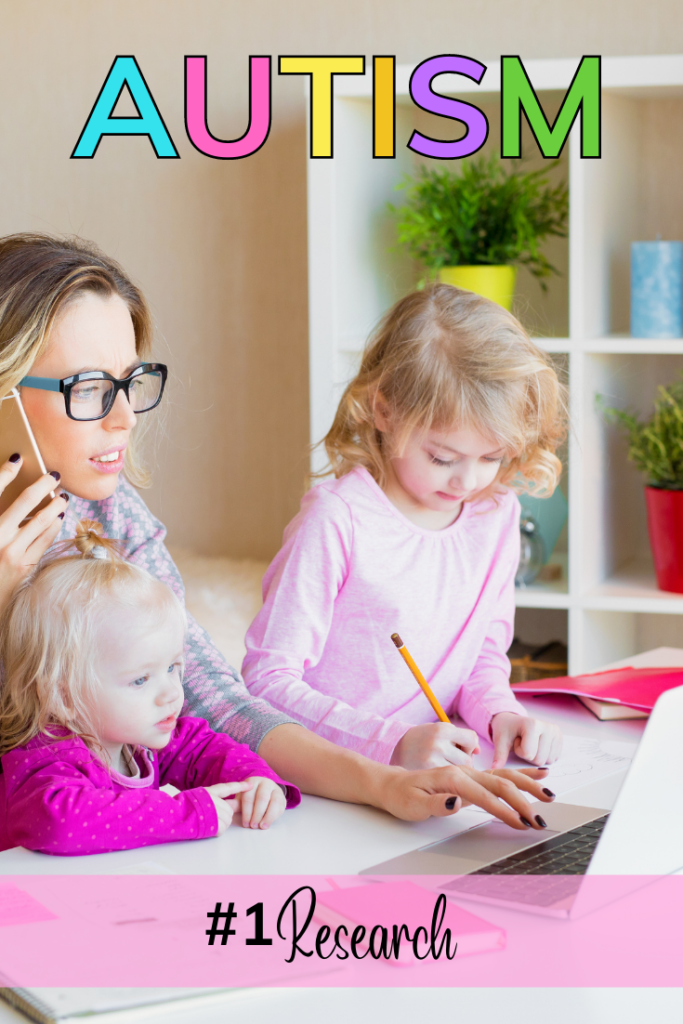
5 Step Autism Beginner’s Guide
Your Autism Beginner’s guide will guide you to understanding your child. It will help your answer the uncertain questions you can not find on google. You now have a resource you can use to get started.
Start here, “The Ultimate Guide to an Autism Diagnosis” shares our personal journey leading up to an Autism Diagnosis. You will also find Early Autism Intervention that works! Then continue here with the 5 steps listed below!
#1 Autism Research
Researching Autism helped me become familiar with the different kinds of Autism. Especially how Autism presents itself differently in each individual. Resources for Autism are available on many platforms. I found reading articles from parenting blogs very helpful because the wonderful person writing them has had first-hand experience raising an Autistic child. Your research can include:
★ Reading Brochures, articles, and handouts
★ Pinterest and Mom bloggers
★ Read, Read, Read
★ Join Autism Groups
★ Ask Questions
This is your initial step to becoming familiar with Autism, exploring the many signs/symptoms, and gaining the knowledge to build the base foundation for your Autistic child.
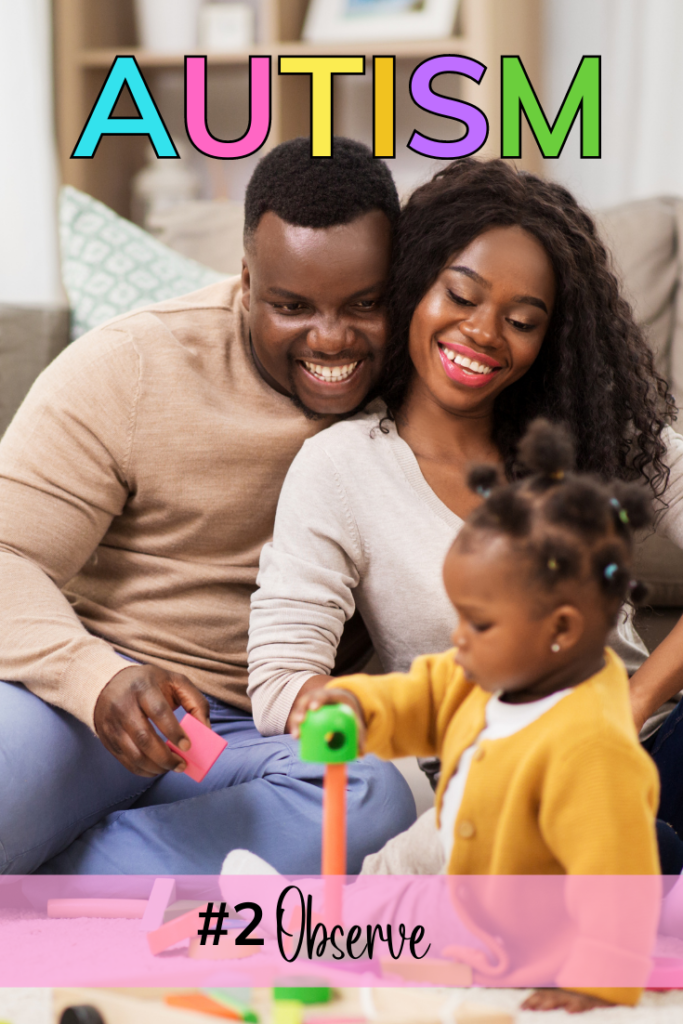
#2 Observe Your Autistic Child
Now that you have done your research and gained knowledge of the disorder, you are ready to observe your child.
For example, if you observe your child holding their ears, you want to find the cause. See what causes them to hold their ears. This way you will know what is triggering this action and you can implement measures to eliminate those sounds or provide assistive devices like headphones.
Another example, if you observe your child excessively putting things in their mouth, you may offer them chew toys. Chew toys are definitely safer than random objects. You can also offer a variety of food, such as hard pretzels, soft fruits, chewy raisins, smooth yogurt, and so forth.
I call this oral stimming. A sensory-seeking behavior where your child craves different textures. However, eating non-edible items is called pica. This is more severe and requires collaboration with your child’s provider. Pica is also a sign indicating your child’s iron levels may be low and he or she needs an iron supplement.
Considers finding and utilizing positive reinforcers to redirect behavior that causes discomfort and possibly harm to your child.
Observing your Autistic child is a very important measure to understanding him or her thoroughly. You want to pay attention to the little things. Such as their likes and dislikes, throughout their entire day. You can also use a log to document this information. This will give you the opportunity to learn and understand your child. Here are some things to observe:
★ Likes
★ Dislikes
★ Behaviors
★ Body Language
★ Nutritional Intake
★ Pee and Poo output
Note: Observe your child but don’t overdo it. You will be able to tell what requires early intervention and what is developmentally appropriate for your child’s age. Trust me, lol, everything your child does may or may not be related to Autism. And be mindful that all children do not develop skills at the same time. One child may grasp a pencil, hop on one leg, or tie their shoes at age 2. As the other child may do the same at age 2 ½. That is totally normal.
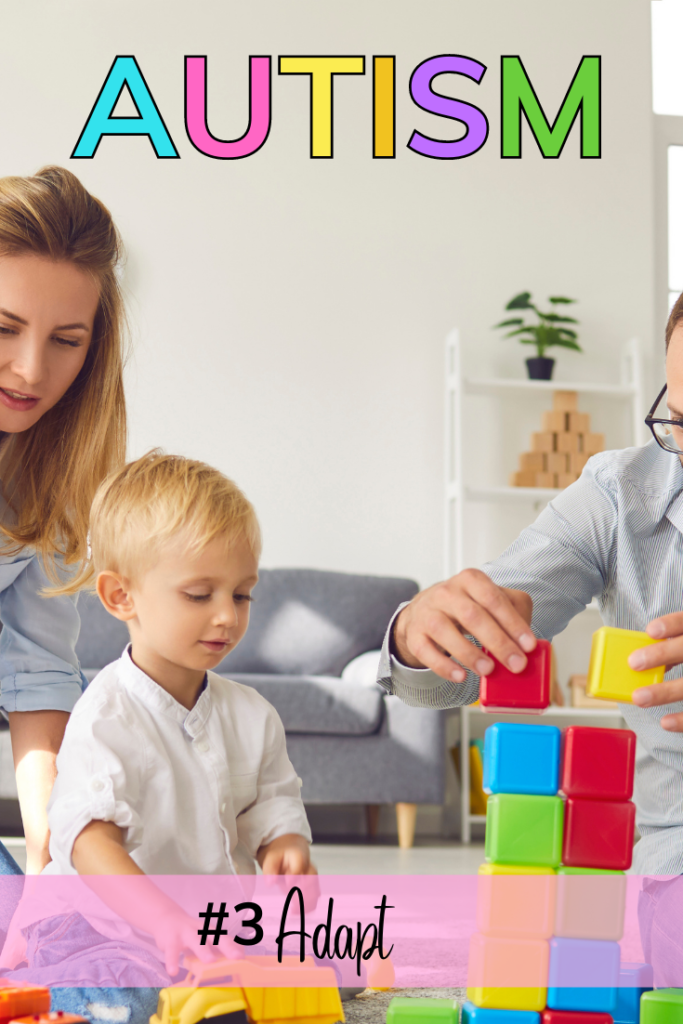
#3 Adapt to Autism
Adapting to your child’s Autism Disorder is also important for you both. Adapting to Autism simply means making daily adjustments within your normal routine to accommodate your child’s needs. You are probably used to a certain routine, however, it’s time to adapt to your child and their needs. In addition, interacting with your child daily on their level.
For example, if your child enjoys playing with car toys and you notice that he or she find satisfaction lining them horizontally. Guess what? You can participate in the activity too. If your child prefers things a certain way, get used to it. This behavior typically lasts for a while and if your child is use to the way mommy does things, daddy needs to get on board or vice versa. Such as mommy always makes a bubble bath, however, daddy forgot and everyone is wondering why little Jonny is crying and do not want to get in the bathtub. Yes, the little things definitely matter.
Adapting to Autism does not mean encouraging negative behavior. Children with autism can be redirected with positive reinforcers. And it’s okay to tell your child no in a sweeter fashion. Like, this toy is unavailable, let’s play with this toy or give him or her an option between two available toys.
Here are things you will adapt to that will encourage you to learn and understand your child.
★ Activities of daily living
★ Their interest
★ Specific preferences
★ Dislikes
★ Modifications
Adapting to your child and making certain accommodations for their needs and specific preference is totally worth it. You will learn, understand the ins and outs of your child.
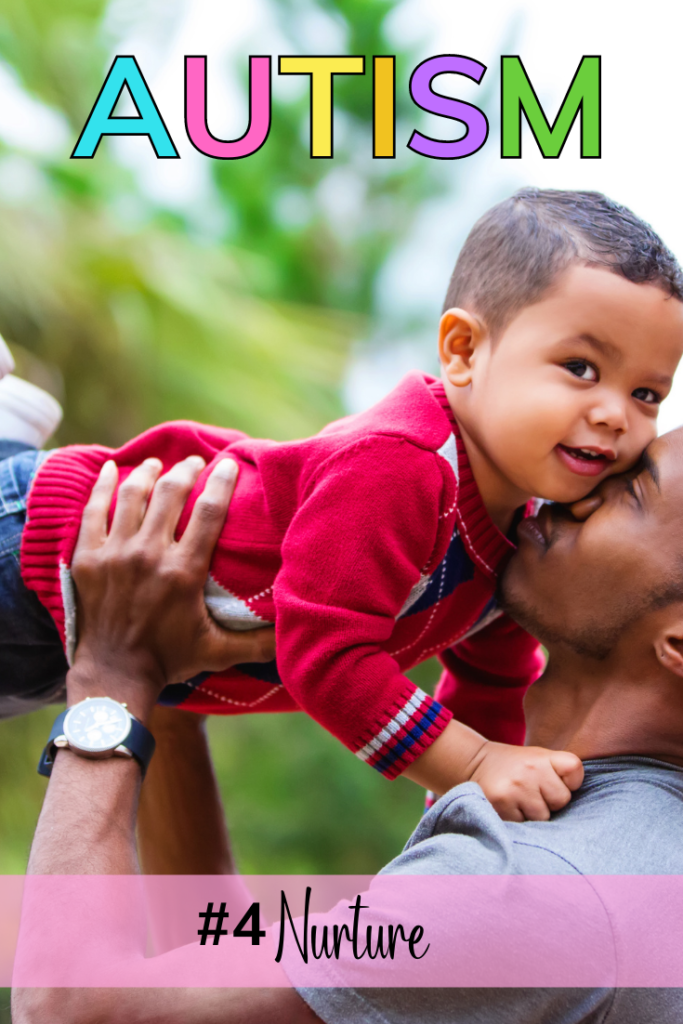
#4 Nurture Autism
Priceless!!! Nurture your child with love. Offering hugs/kisses for rewards and just simply letting him or her know they are truly appreciated and loved. Nurture your Autistic child with the following:
★ Hugs
★ Kisses
★ Quality time
★ Encourage Independence
★ Talk, Talk, Talk
★ Listen to their voice/body language
★ Nutrition
★ Adequate amount of sleep
All of which are benefits for you both.
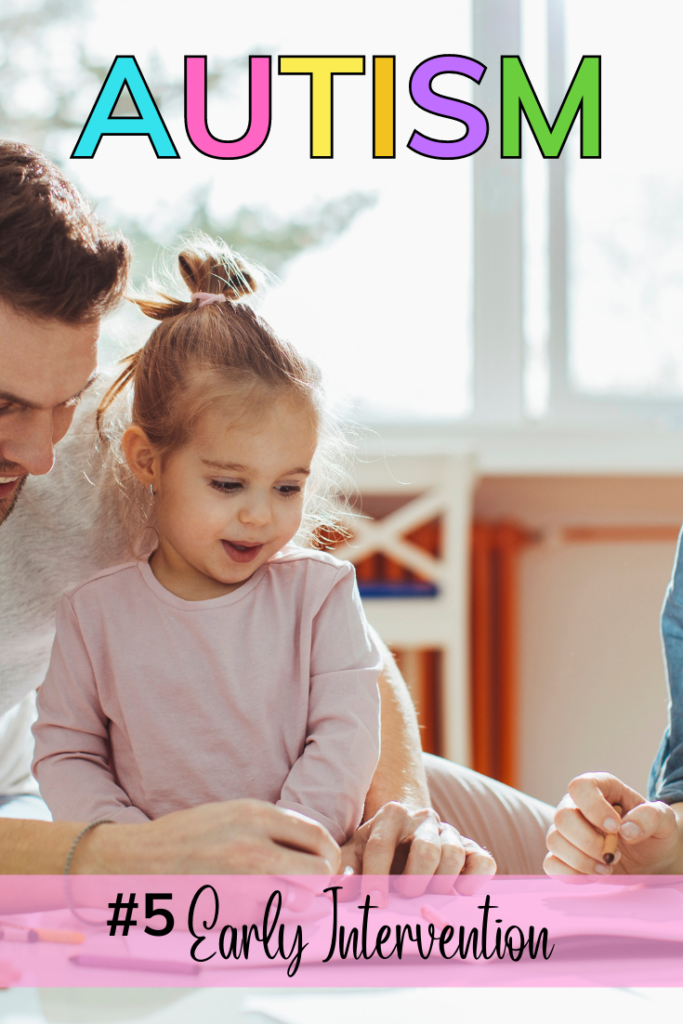
#5 Early Interventions for Autism Spectrum
Early Intervention was on the top of my list. Even though I can honestly say, I had a pinch of denial and didn’t want to believe my daughter have Autism. I tried every way to make her symptoms appear normal. But when I observer her holding her ear as if she was in pain, I knew then, I had to help her and figure this out. I would say this faze last about two weeks. After that, it was time to go to work learning all things Autism! She inspired me and made me even stronger. Her progress from early interventions is amazing. Here’s a list of early interventions for Autistic children.
★ Speech Therapy
★ Early Childhood Interventions
★ ABAPathways
★ Physical Therapy
★ Occupational Therapy
★ Autism Treatment Centers
★ School District Resources
★ Other ABA Programs
★ Pediatrician
Autism Beginner’s Guide
Do you have a child with Autism? Are you looking for resources to guide you and your family on how to care for and understand your child and the Autism Spectrum? If so, you have found a resource that will help!
Autism Manual
After viewing the 5 Step Autism Guide, you are definitely ready to create an Autism Manual designed specifically for your child. You can log information and share it with members of your child’s care team.
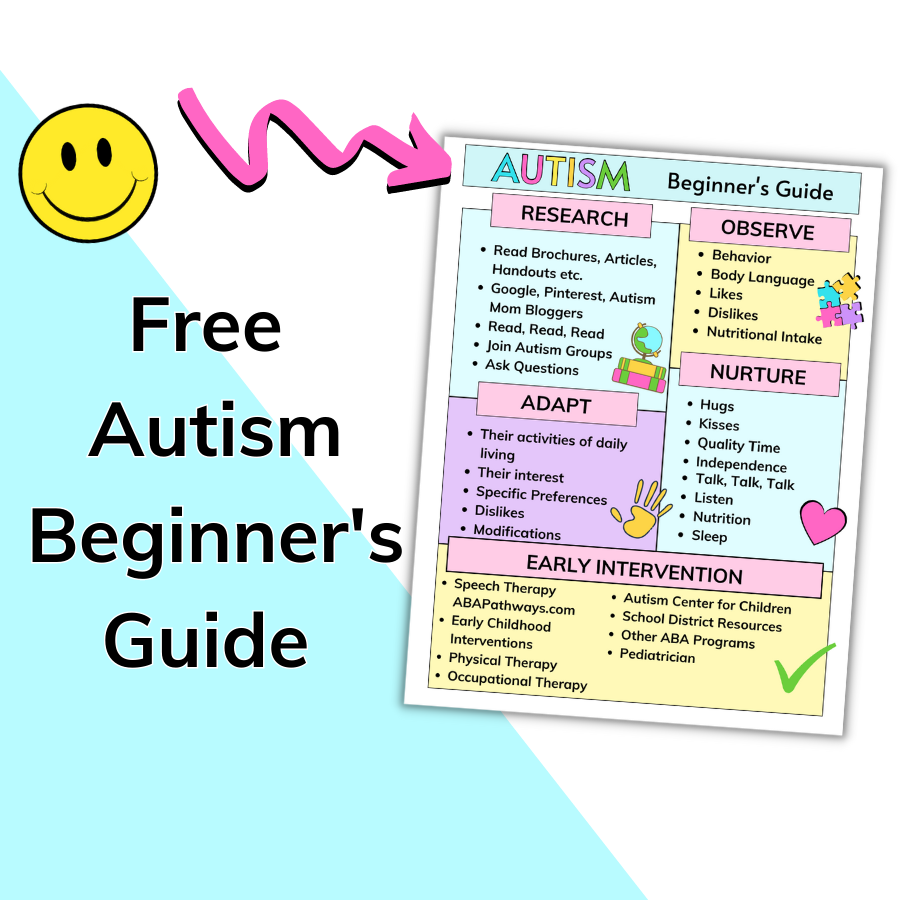
5 Step Autism Beginner’s Guide
Grab Your 5 Step Autism Beginner’s Guide Today!
Autism
As a member of the Autism family, I wanted to do something to help parents and educators. Help you get started from the beginning with strategies, tips, and resources personalized for your child. This is our personal experience and the direction we are taking to meet the needs of our daughter who has Autism.
Always remember your love, time, and patience to learn and understand Autism as a whole and your child as a person will guide you in caring for your child.
Create An Autism Manual
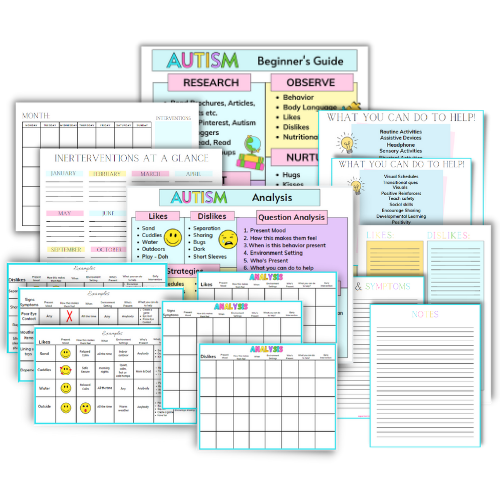
To help you understand your child greatly, gather the information and everything you learned from the 5 step guide to help you create an Autism Analysis for your child.
You will receive a list of signs and symptom most of which my daughter have encountered. You will always notice examples of her likes and dislikes and what to do when these things are observed by you. I took all the things, behaviors, and so forth, created the why, what, when and how’s to understand, provide comfort, implement an intervention if needed, or just simply let her be HERSELF!!! My examples will be your guidance in creating a personalized Manual for your child.

I am so grateful to have found your website and you r free guides. Thank you for sharing your experience and making it available to other Mom’s who are seeking support!
It is my Pleasure, I am truly thankful for your feedback!